Alex Chapiro (original) (raw)
Research
I am interested in perception and computer graphics, especially anything involving computational display and psychophysics. Prior work involved perceptual metrics, brightness and color, stereo 3D, and display topics like virtual and augmented reality, frame rate, high dynamic range and more.
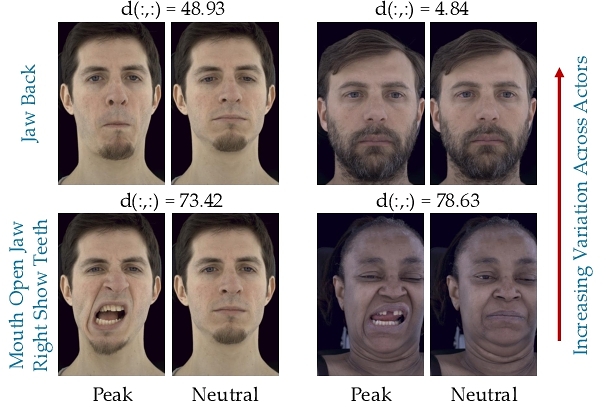 |
FaceExpressions-70k: A Dataset of Perceived Expression Differences Saha, Chen, Bazin, Hane, Katsavounidis, Chapiro, Bovik_SIGGRAPH 2025 [conference]_ project page /GitHub /video We ran a large-scale user study to quantify the perceived differences between facial expressions. Our dataset covers a diverse range of expressions, and measures both inter and intra-expression differences on multiple actors. |
|---|---|
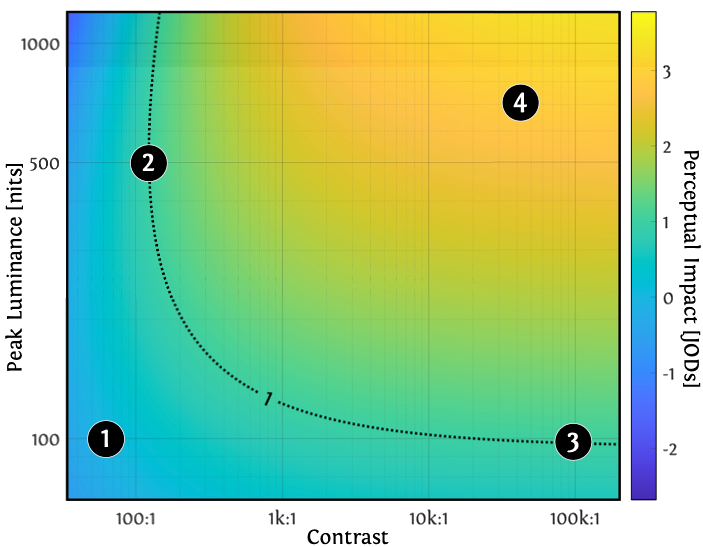 |
What is HDR? Perceptual Impact of Luminance and Contrast in Immersive Displays Chen, Matsuda, McElvain, Zhao, Wan, Sun*, Chapiro* * = equal contribution_SIGGRAPH 2025 [conference]_ project page /supplementary /video We investigated how the contrast and peak luminance of a display impact user preferences. Our precise large-scale study procedure allowed us to model the results in terms of absolute just-objectionable-difference (JOD) units. This data lets us to predict display quality, make decisions on design tradeoffs, and more. |
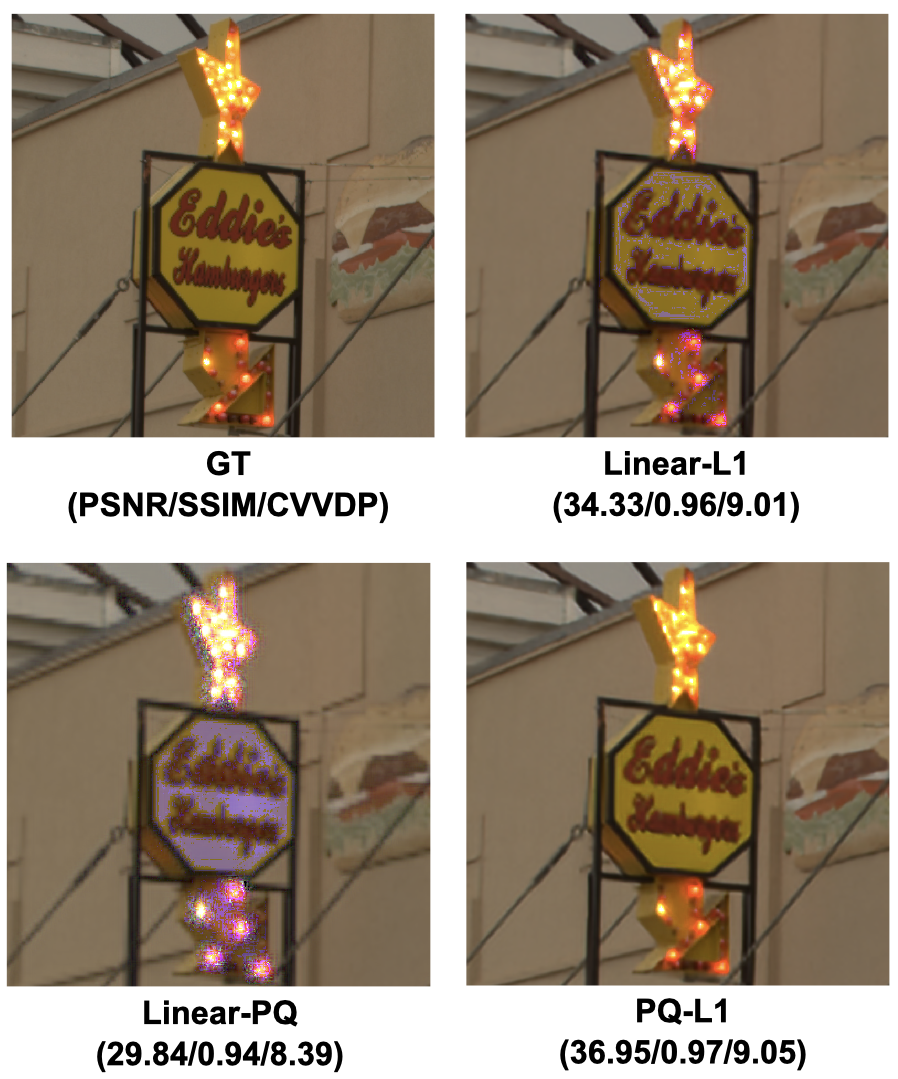 |
Training Neural Networks on RAW and HDR Images for Restoration Tasks Ke, Luo, Xiang, Fan, Ranjan, Chapiro, Mantiuk NTIRE 2025 [CVPR workshop] presentation (tbd) Most content online is in a display-encoded color space (scaled 0-1). This is different from HDR/RAW content, typically scaled linearly in proportion to physical luminance. As a result, popular loss functions produce worse results for HDR/RAW, and there's no consensus on how to do better. We demonstrate that a 1-line change (applying a standard transfer function) can improve network performance for HDR/RAW image restoration tasks by 2-9 dB. |
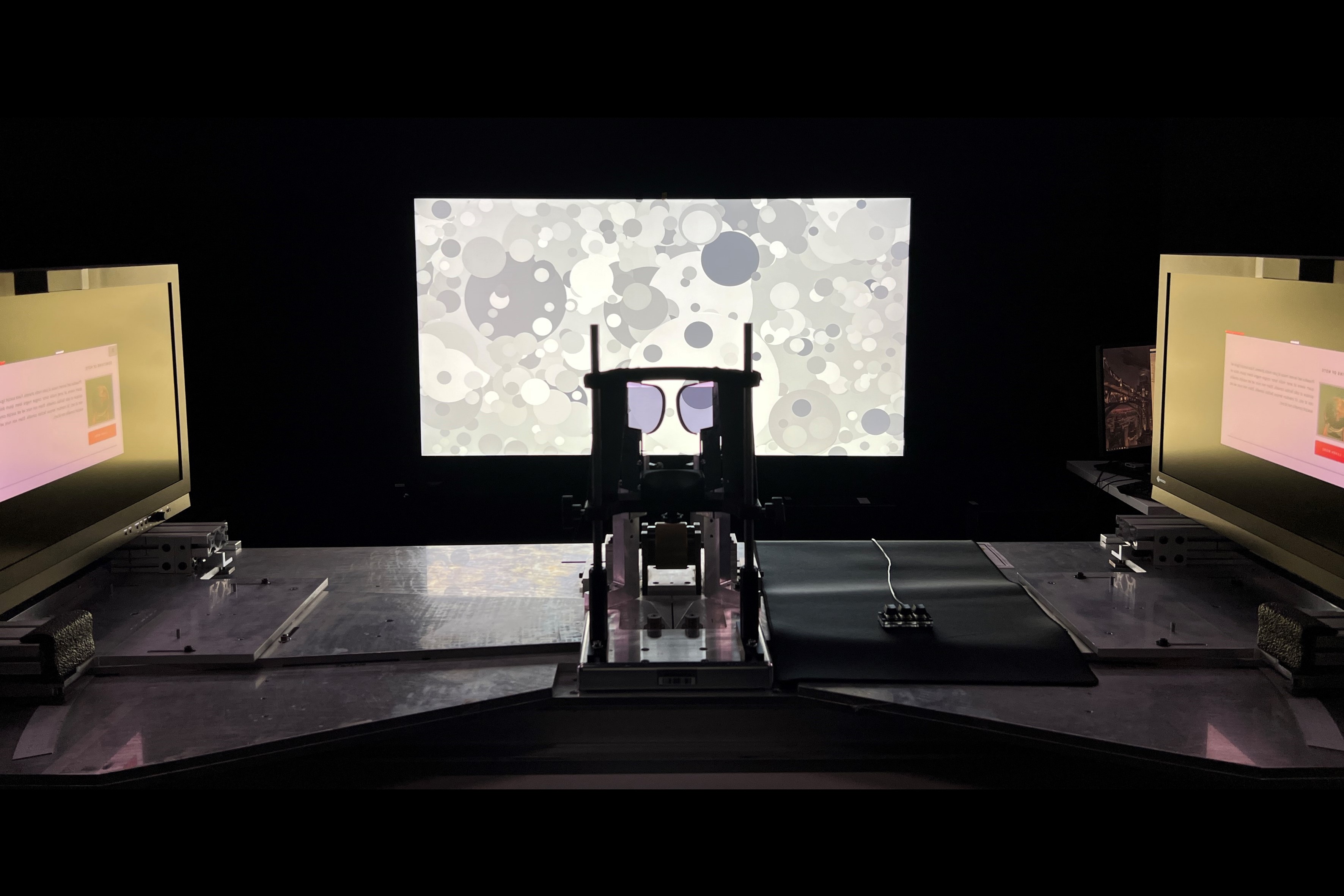 |
AR-DAVID: Augmented Reality Display Artifact Video Dataset Chapiro, Kim, Asano, Mantiuk SIGGRAPH Asia 2024 [journal] Best paper award honorable mention project page /GitHub /award /video /presentation The perception of distortions in augmented reality (AR) is very different than on traditional displays because of the presence of very bright see-through ambient conditions. We quantified this effect by conducting the first large-scale user study on the visibility of display artifacts in an AR setting. These results can help researchers understand visibility in AR and develop computational methods for this new, exciting platform. |
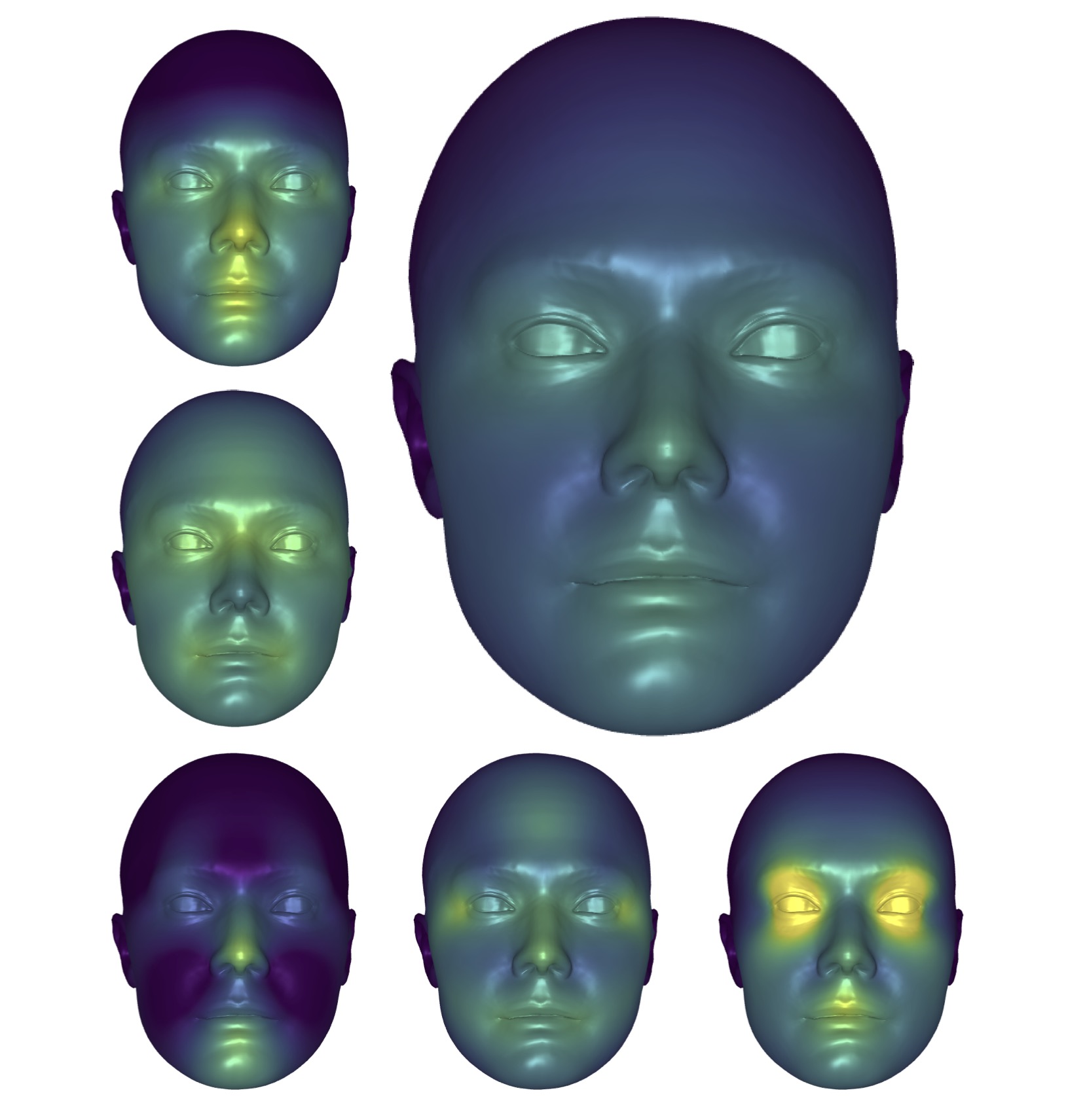 |
FaceMap: Distortion-Driven Perceptual Facial Saliency Maps Jiang, Venkateshan, Nam, Chen, Bachy, Bazin, Chapiro SIGGRAPH Asia 2024 [conference] github /supplementary /video /presentation We created a saliency map for the human face, based on how visible perceptual distortions are per region. Our results are intuitive (e.g. texture distortions are especially visible on the eyes, and geometry distortions on the nose), and also provide a robust quantifiable prior that can be integrated into graphics pipelines for optimal resource distribution when rendering human faces. We demonstrate this via applications, like saliency-driven 3D Gaussian Splatting avatars. |
| Subjective and Objective Quality Assessment of Rendered Human Avatar Videos in Virtual Reality Chen, Saha, Chapiro, Haene, Bazin, Qiu, Zanetti, Katsavounidis, Bovik Transactions on Image Processing 2024 [journal] bibtex /project page We evaluated the perceived impact of several graphics distortions relevant for video streaming on full body human avatars. Creating large-scale datasets such as these for human avatars is important, because the perception of artifacts on human characters is different from other types of objects. | |
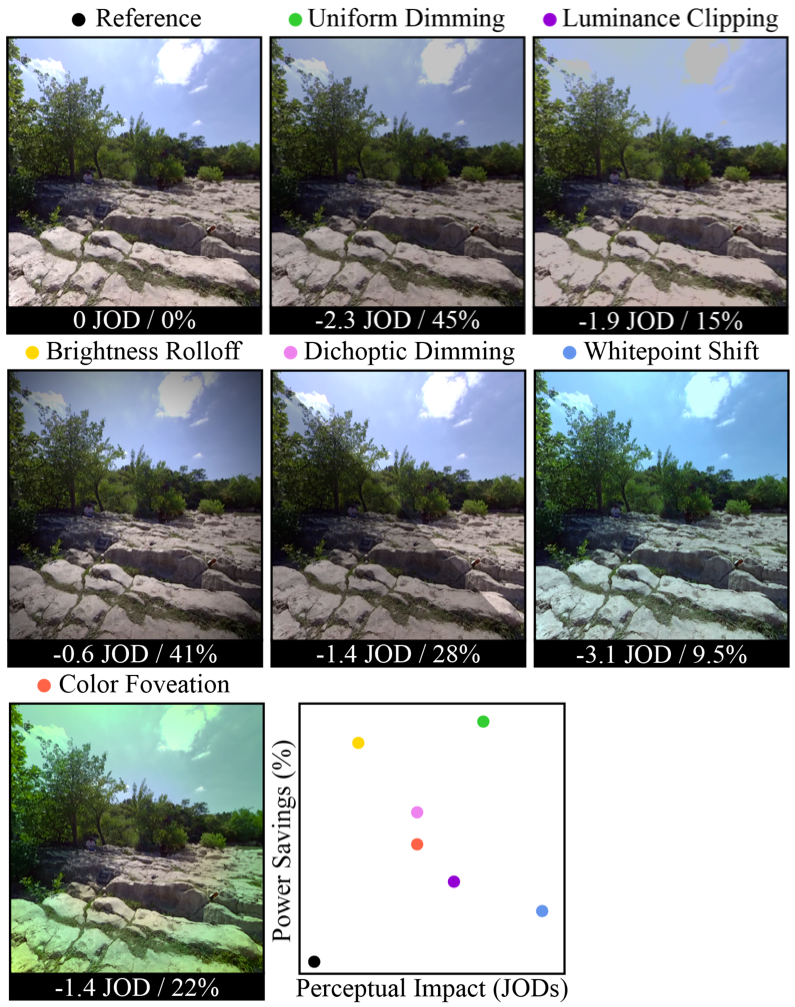 |
PEA-PODs: Perceptual Evaluation of Algorithms for Power Optimization in XR Displays Chen, Wan, Matsuda, Ninan, Chapiro*, Sun* * = equal contribution SIGGRAPH 2024 [journal] Best paper award honorable mention bibtex /github /project page /award In this work we explored several perceptual algorithms (PEAs) for power optimization of displays (PODs). Different methods may introduce alterations of different types, and save more or less power depending on the display technology. We compare like-to-like in a user study, obtaining interpretable results for perceptually subtle breakpoints on how much display power can be saved across a wide range of technologies: LCD, OLED, with or without eye tracking, and more. |
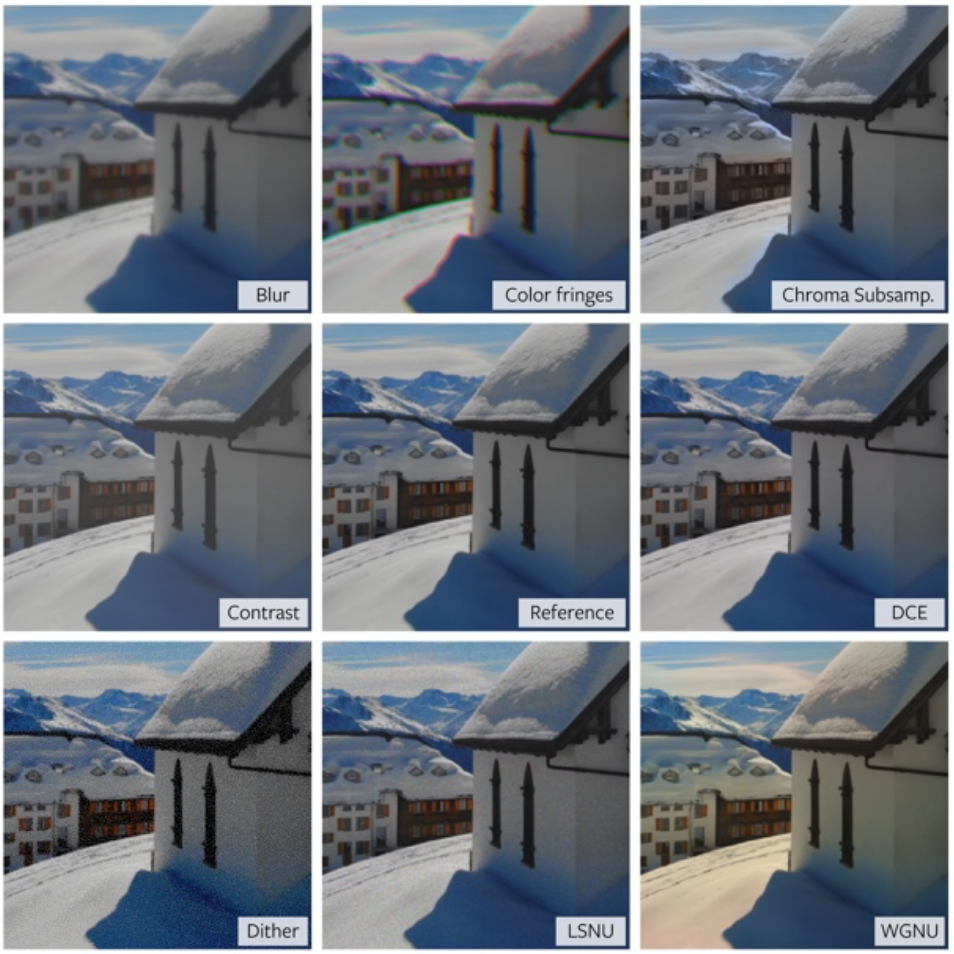 |
ColorVideoVDP: A visual difference predictor for image, video and display distortions Mantiuk, Hanji, Ashraf, Asano, Chapiro SIGGRAPH 2024 [journal] bibtex /github /project page This paper continues our research into perceptual video difference metrics. ColorVideoVDP is the first fully spatio-temporal color-aware metric. It models display geometry and photometry, produces an output in interpretable just-objectionable-difference units, and runs fast. Code is available on GitHub, and extensive documentation and comparisons with other methods in the literature can be seen on the project page. |
 |
Visible Difference Predictors: A Class of Perception-Based Metrics Chapiro, Hanji, Ashraf, Asano, Mantiuk Society for Information Display, Display Week 2024 invited paper bibtex /presentation video This short paper and presentation given at SID Display Week 2024 in San Jose gives a quick overview of different aspects of image/video difference metrics, and some of the philosophy behind our work on VDP metrics, in particular ColorVideoVDP. |
 |
castleCSF — A contrast sensitivity function of color, area, spatiotemporal frequency, luminance and eccentricity Ashraf, Mantiuk, Chapiro, Wuerger Journal of Vision 2024 bibtex /code & data /project page We followed up on our work unifying contrast sensitivity datasets from the literature by integrating color. This extends our data-driven CSF model to now cover color, area, spatiotemporal frequency, luminance and eccentricity. Our model performs better than any existing work, and importantly covers critical perceptual parameters necessary for display engineering and computer graphics tasks. Data, code, and additional information available on our project page. |
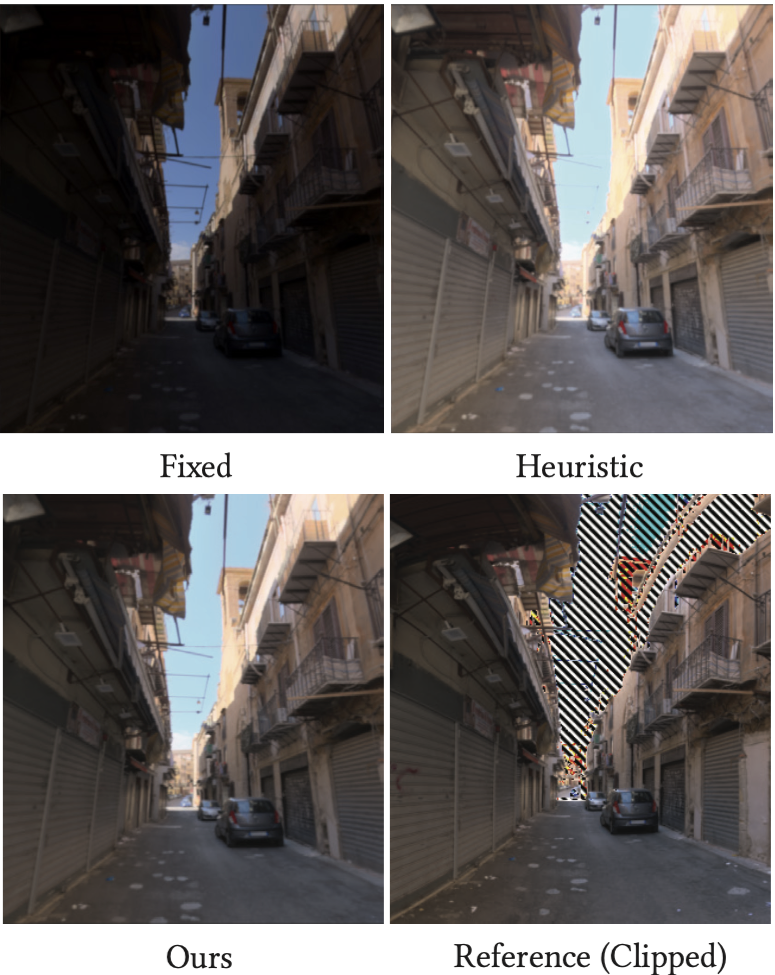 |
Perceptually Adaptive Real-Time Tone Mapping Tariq, Matsuda, Penner, Jia, Lanman, Ninan, Chapiro SIGGRAPH Asia 2023 [conference] bibtex /video We created a perceptual framework that determines the optimal parameters for a tone mapper in real time (>1ms per frame on Quest2). We use this system and the Starburst HDR VR prototype to demonstrate that content shown with an optimized version of the Photographic TMO is preferred to heuristics or unoptimized versions even when display luminance is reduced tenfold. |
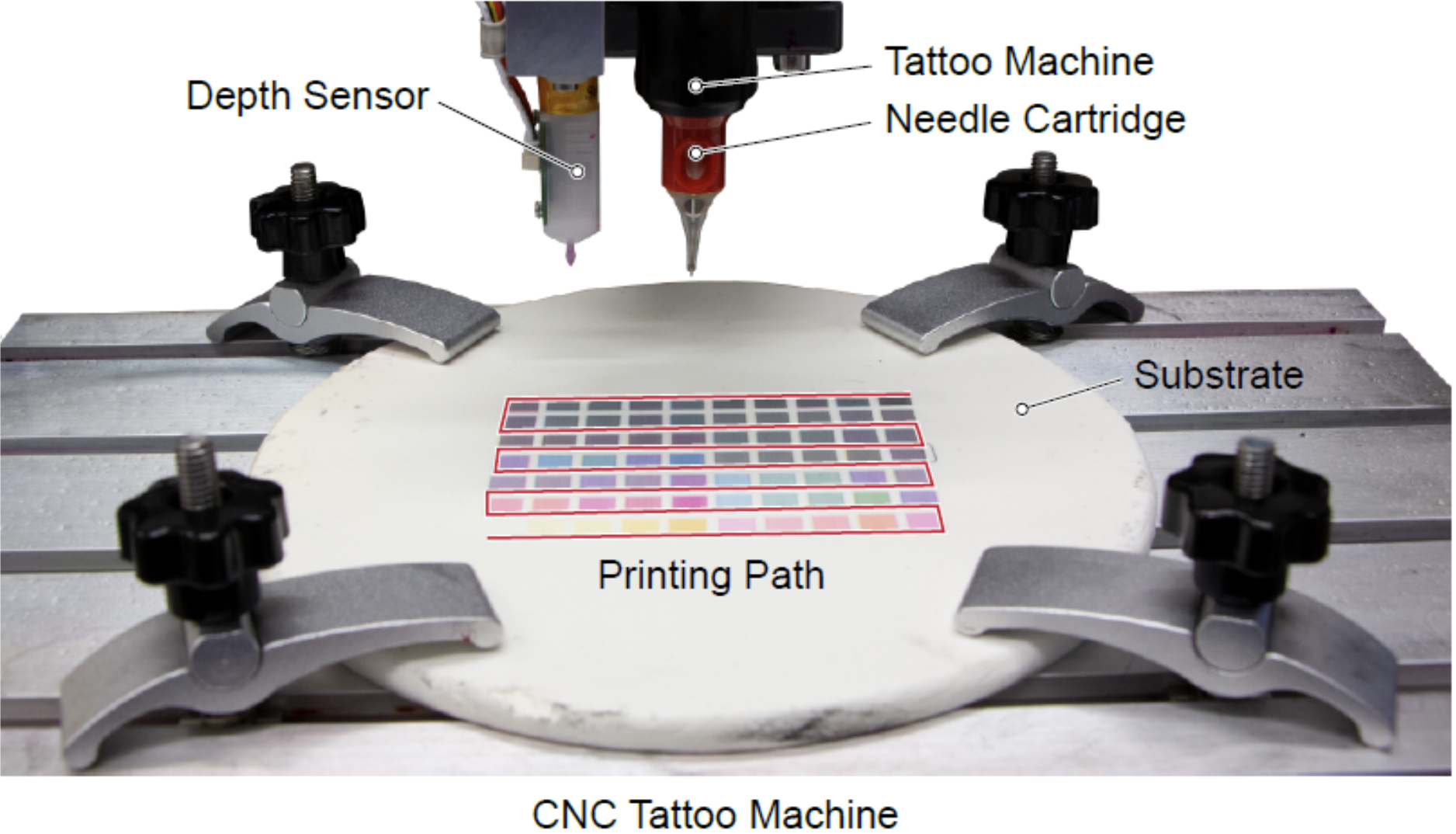 |
Skin-Screen: A Computational Fabrication Framework for Color Tattoos Piovarci, Chapiro, Bickel SIGGRAPH 2023 [journal] bibtex /project page In this work, we examined tattoos through the lens of computational fabrication. To build our model, we created an automatic tattoo robot, and processes to generate synthetic skins to experiment on. We created a framework to predict and modify tattoo color for different skin tones, which we hope will lead to better tattoo quality for everyone. This work also has medical and robotics applications! |
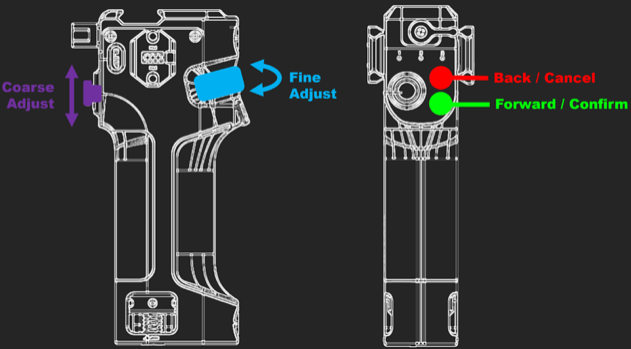 |
Critical Flicker Frequency (CFF) at high luminance levels Chapiro, Matsuda, Ashraf, Mantiuk Human Vision and Electronic Imaging (HVEI) 2023 bibtex /presentation video Flicker is a common temporal artifact that is affected by many parameters like luminance and retinal eccentricity. We gathered a high-luminance dataset for flicker fusion thresholds, showing that the popular Ferry-Porter law does not generally hold above 1,000 nits, and the increase in sensitivity saturates. |
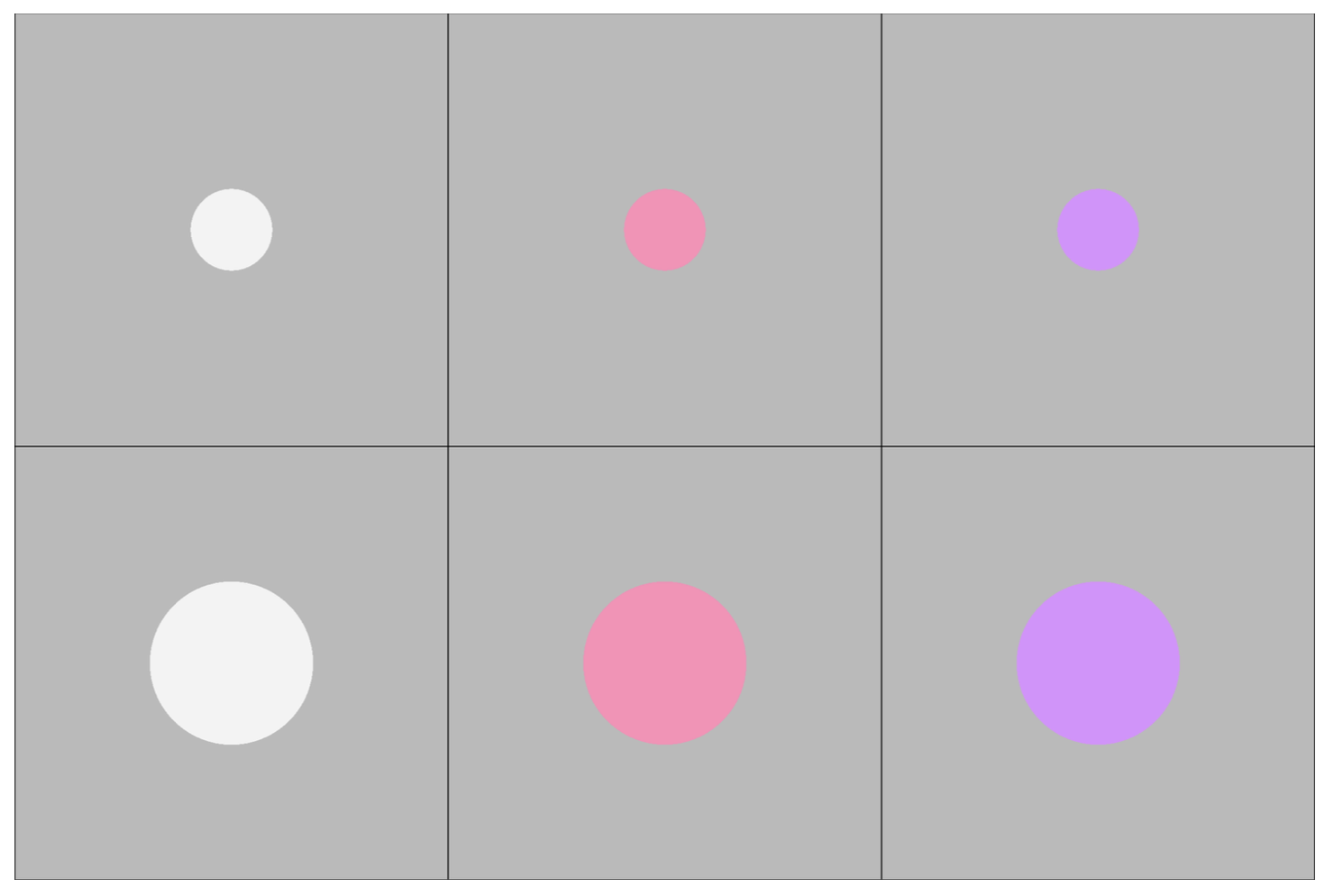 |
Modelling contrast sensitivity of discs Ashraf, Mantiuk, Chapiro Human Vision and Electronic Imaging (HVEI) 2023 bibtex Studies on spatial and temporal sensitivity are often done using different types of stimuli. We studied how experiments conducted using discs can be predicted using data for Gabors. This can lead to more comprehensive models calibrated on both types of data. |
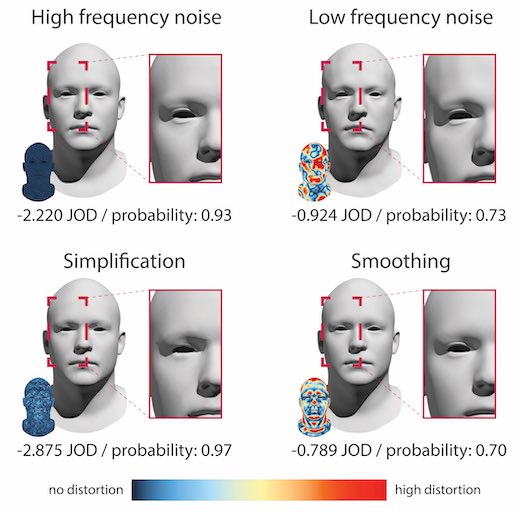 |
Geo-metric: A Perceptual Dataset of Distortions on Faces Wolski, Trutoiu, Dong, Shen, MacKenzie, Chapiro SIGGRAPH Asia 2022 [journal] bibtex /video /presentation /code/data We study the perception of geometric distortions. We create a novel demographically-balanced dataset of human faces, and find the perceived magnitudes of several relevant distortions through a large-scale subjective study. |
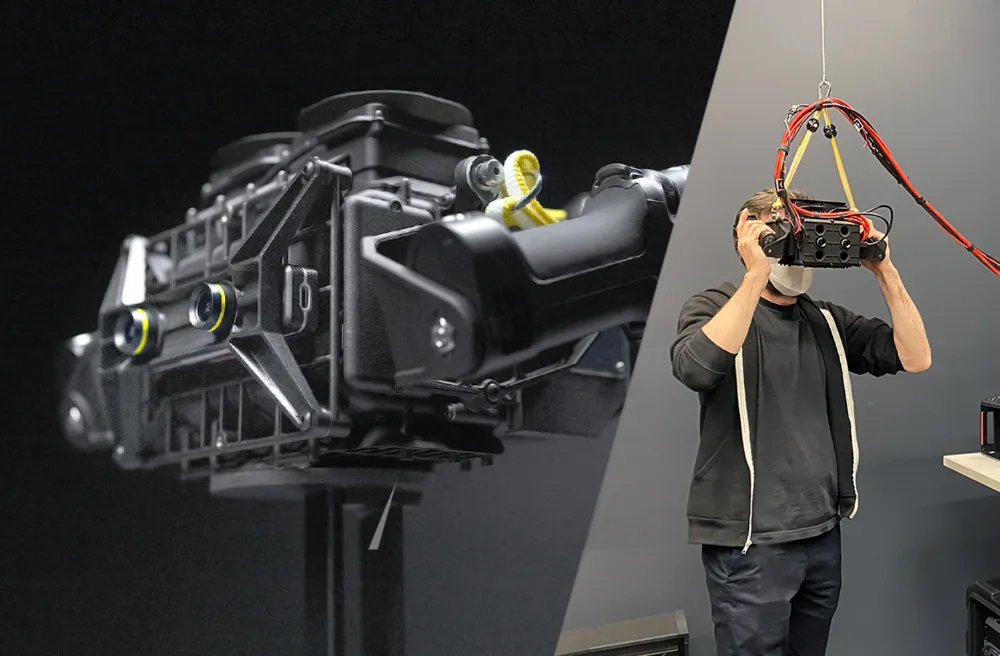 |
Realistic Luminance in VR Matsuda*, Chapiro*, Zhao, Bachy, Lanman * = equal contribution SIGGRAPH Asia 2022 [conference] bibtex /video /presentation /code/data We used the Starburst HDR VR 20,000+ nits prototype display to run a study measuring user preferences for realism when immersed in natural scenes. We found that user preference extends beyond what is available in VR today, and changes significantly between indoor and outdoor scenes. |
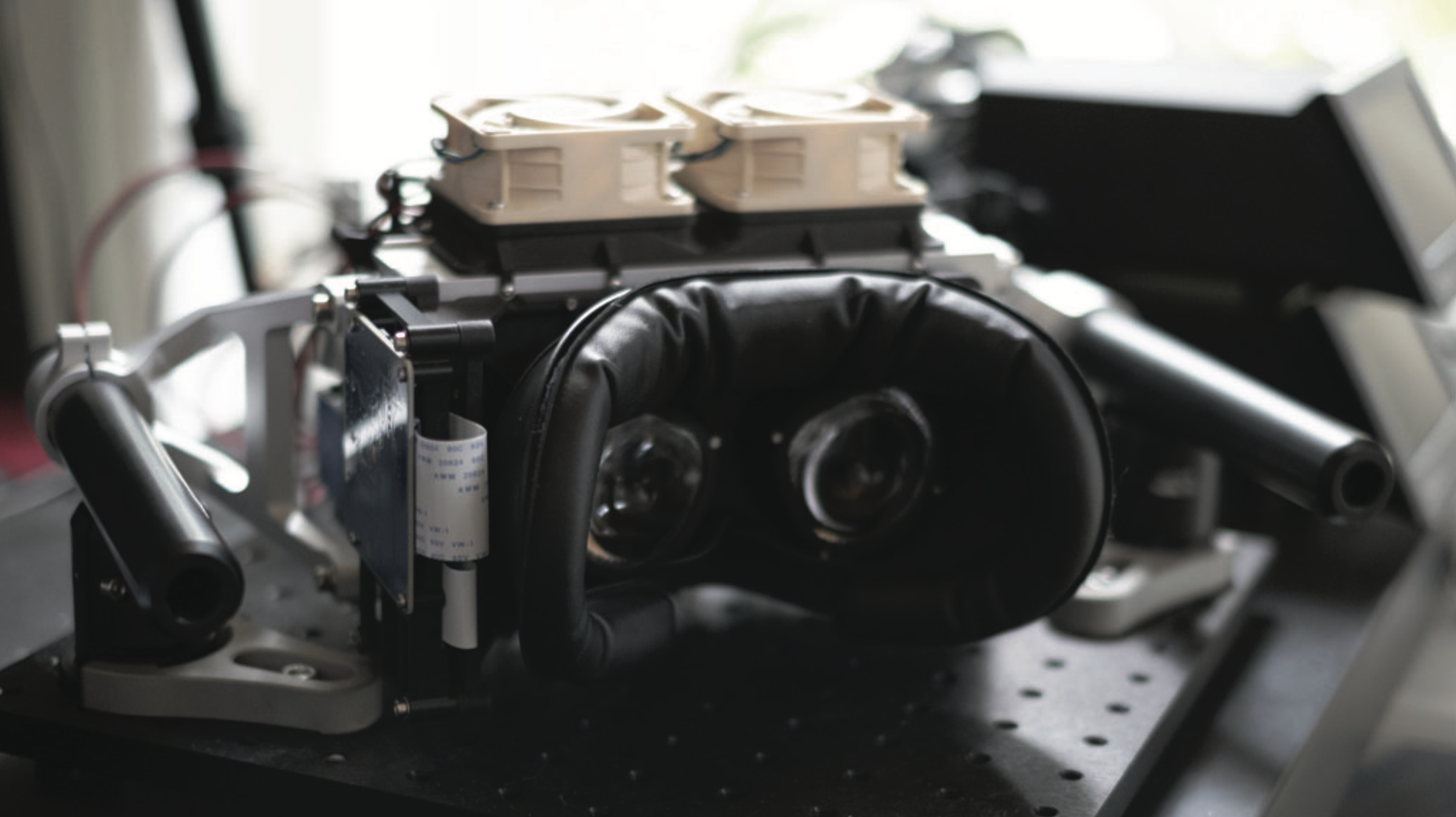 |
HDR VR Matsuda, Zhao, Chapiro, Smith, Lanman SIGGRAPH'22 E-tech Best in show award bibtex /video / award Our HDR VR prototype display can reach brightness values over 20,000 nits. This work won "best in show" in the Emerging Technologies section of SIGGRAPH'22, and has received widespread media attention: Adam Savage's Tested, CNET, UploadVR, DigitalTrends, TechRadar, Mashable, RoadToVR. |
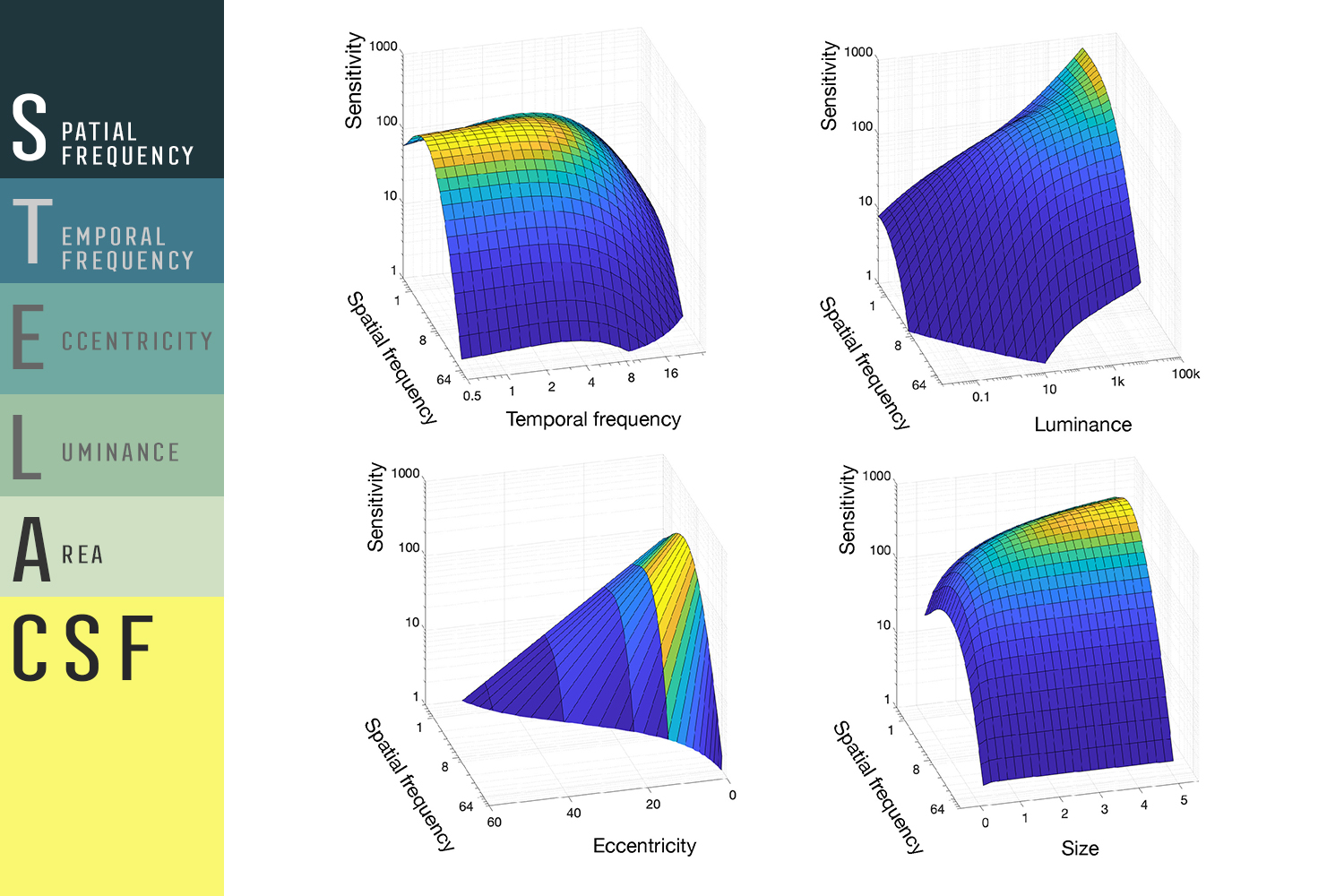 |
stelaCSF-A Unified Model of Contrast Sensitivity as the Function of Spatio-Temporal Frequency, Eccentricity, Luminance and Area Mantiuk, Ashraf, Chapiro SIGGRAPH 2022 [journal] bibtex /code & data /project page We unified contrast sensitivity datasets from the literature, which allowed us to create the most comprehensive and precise CSF model to date. This new model can be used to improve many applications in visual computing, such as metrics. Data, code, and additional information available on our project page. |
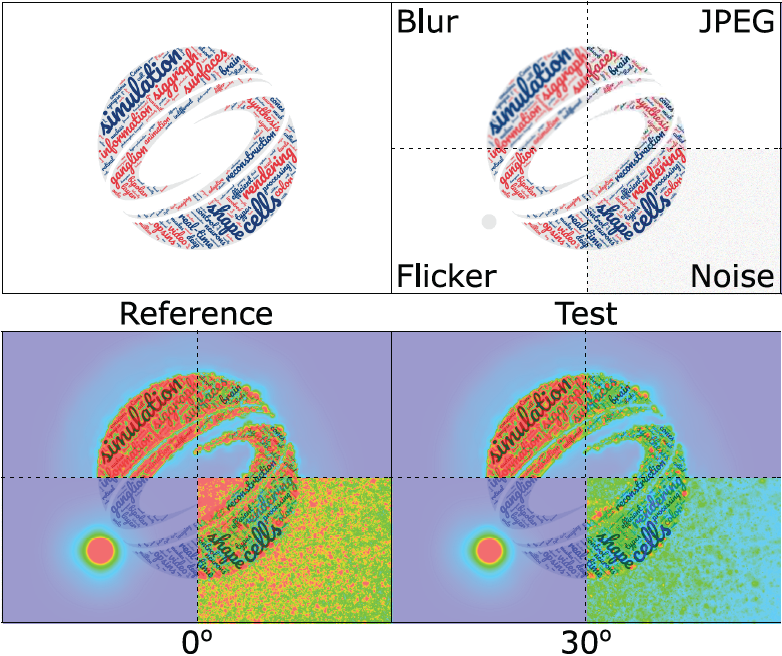 |
FovVideoVDP: A Visible Difference Predictor for Wide Field-of-View Video Mantiuk, Denes, Chapiro, Kaplanyan, Rufo, Bachy, Lian, Patney SIGGRAPH 2021 [journal] supplementary material /bibtex /github /project page We created a new foveated spatiotemporal metric, following the VDP line of work. This metric is fast, easy to use and has been carefully calibrated on several large datasets. |
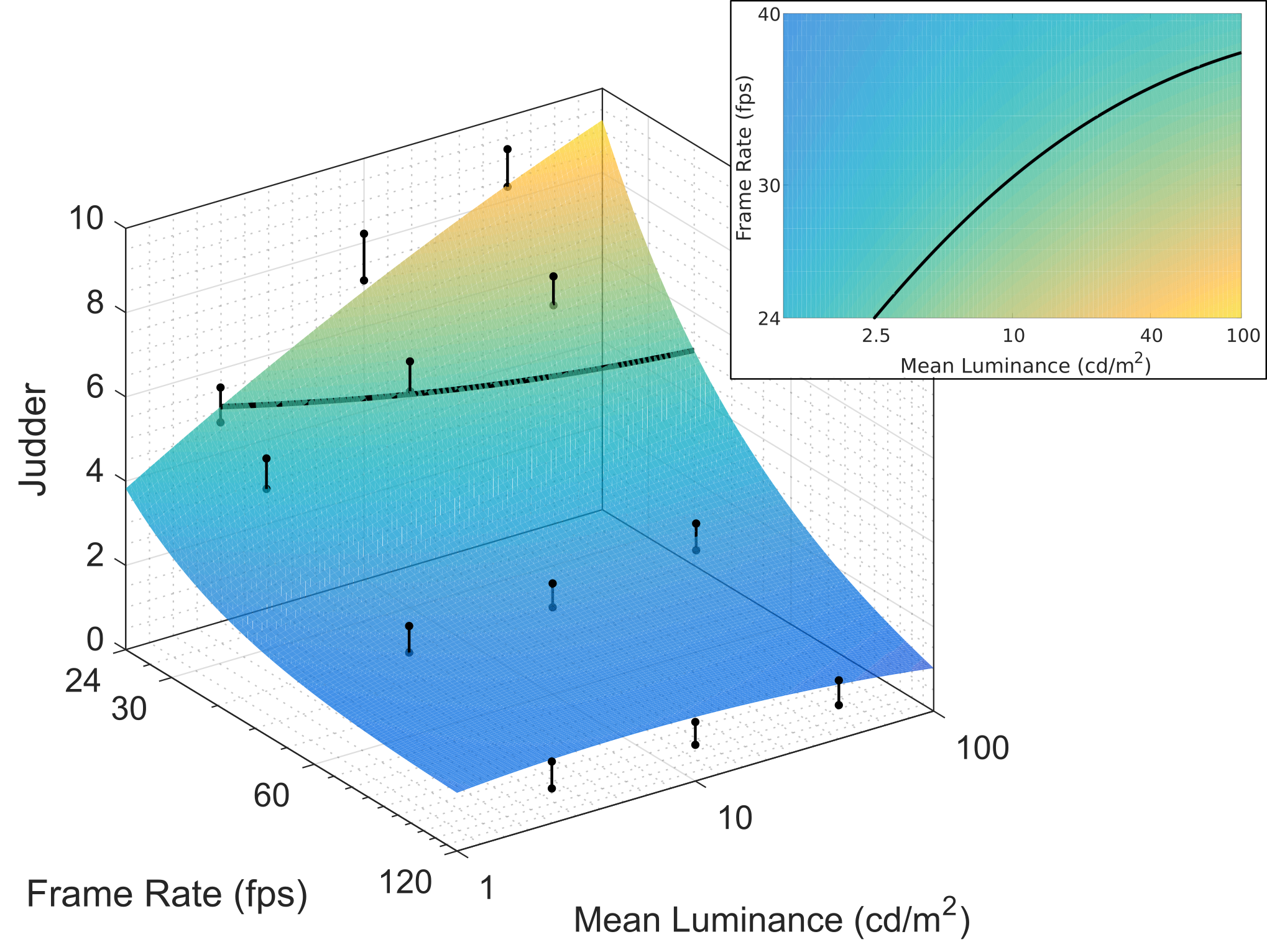 |
A Luminance-Aware Model of Judder Perception Chapiro, Atkins, Daly. ACM Transactions on Graphics (TOG), Presented at SIGGRAPH 2020 Link to ACM TOG /supplementary material /bibtex /code /presentation video We studied the main perceptual components of judder, the perceptual artifact of non-smooth motion. In particular, adaptation luminance is a strong factor on judder that has changed significantly with modern generations of displays. Errata: In the table of coefficients in Sec. A3, the two-before-last coefficient should be ~0 instead of 1.01. The coefficient is correctly written out in the supplementary material, but not in the manuscript. |
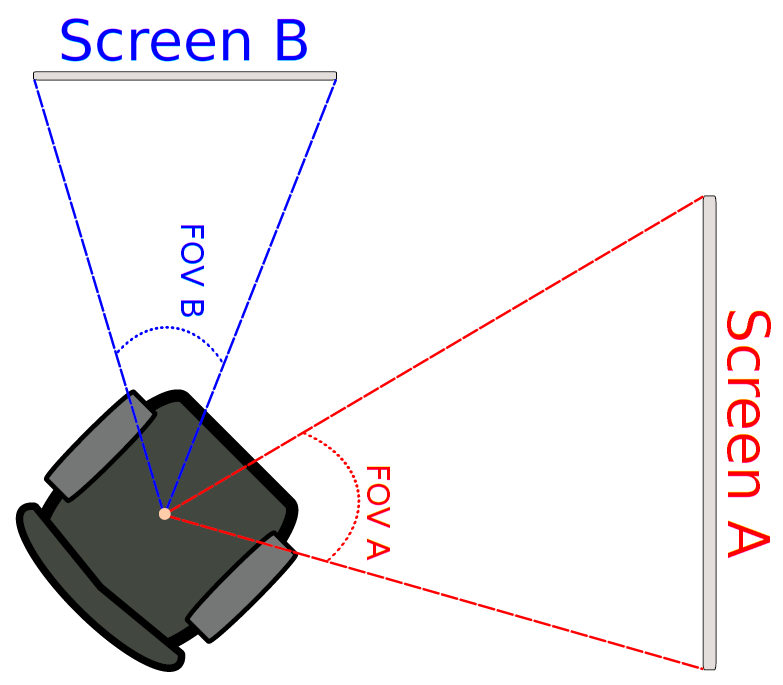 |
Influence of Screen Size and Field of View on Perceived Brightness Chapiro, Kunkel, Atkins, Daly. ACM Transactions on Applied Perception (TAP) , 2018 Link to ACM TAP /supplementary material /bibtex Author's version available here, link to ACM TAP version above. We studied the influence of screen size and distance on perceived brightness for screens as large as cinema and as small as mobile phones, an issue that affects artistic intent and appearance matching. |
 |
Unfolding the 8-bit Era Zund, Berard, Chapiro, Schmid, Ryffel, Bermano, Gross, Sumner. European Conference on Visual Media Production (CVMP) , 2015 project page /bibtex We created an immersive gaming system out of a legacy console. This work was presented at the Eurographics 2015 banquet, and the Ludicious game festival in Zurich. It also received wide media attention:arstechnica, engadget, 20minuten, konbini, xataca, gamedeveloper, factornews, boingboing, and has over 200,000 views on YouTube. |
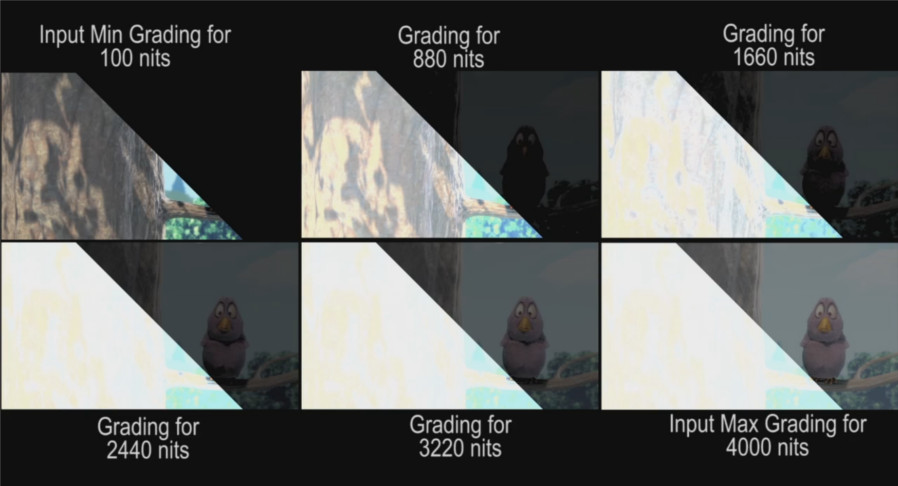 |
Art-Directable/Continuous Dynamic Range Video Chapiro, Aydin, Stefanoski, Croci, Smolic, Gross. Computers and Graphics (CG&A) , 2015 project page /bibtex We defined the production and distribution challenges facing the content creation industry in the current HDR landscape and proposed Continuous Dynamic Range video as a solution. |
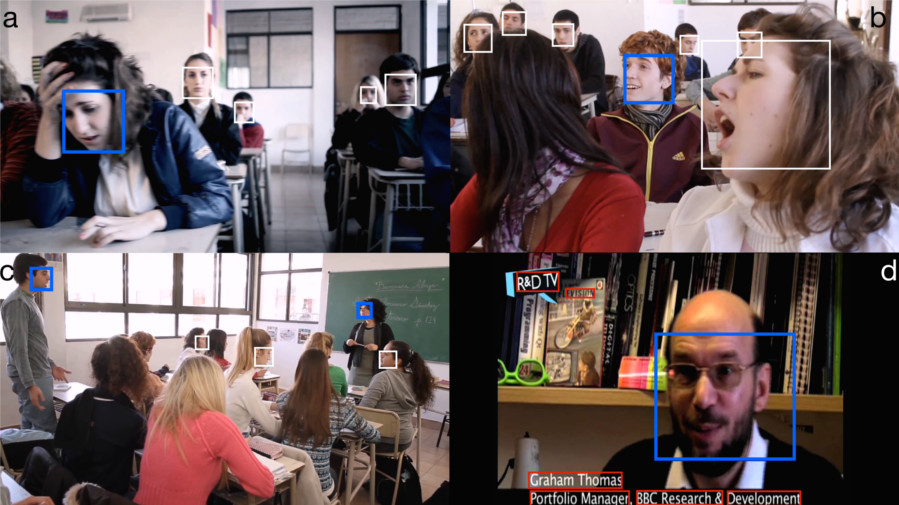 |
Video Content and Structure Description Based on Keyframes, Clusters and Storyboards Junyent, Beltran, Farre, Pont-Tuset, Chapiro, Smolic. IEEE International Workshop on Multimedia Signal Processing (MMSP) , 2015 video /bibtex We developed a pipeline to segment and analyze video. Our technique could be applied for smarter editing. |
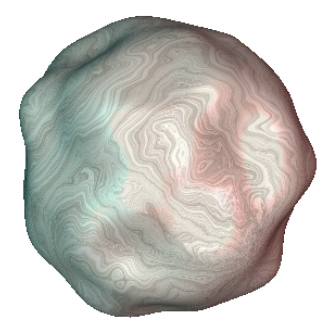 |
Stereo from Shading Chapiro, O'Sullivan, Jarosz, Gross, Smolic. Eurographics Symposium on Rendering (EGSR) , 2015 project page /bibtex /supplementary We use non-photorealistic shading as an alternative 3D cue, augmenting the feeling of depth in stereoscopic images. |
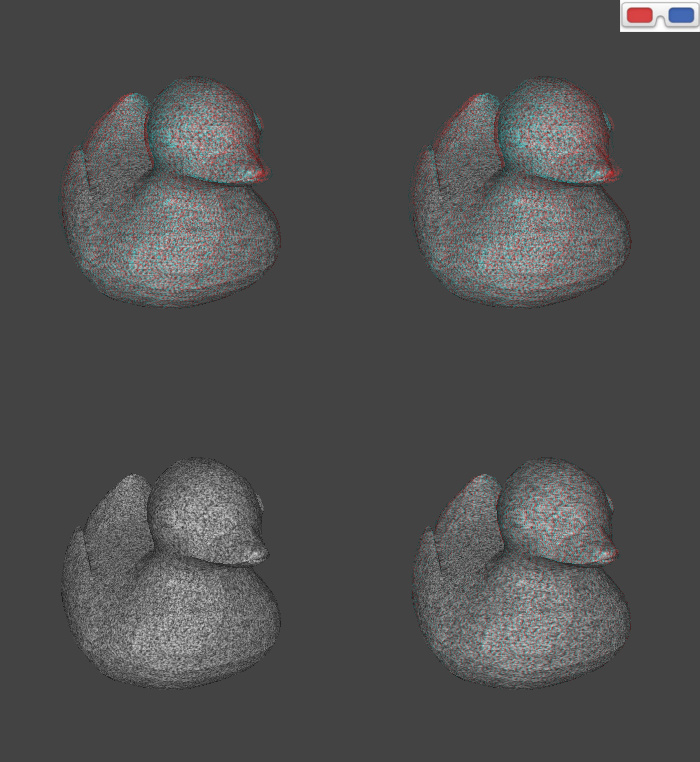 |
Perceptual Evaluation of Cardboarding in 3D Content Visualization Chapiro, O'Sullivan, Jarosz, Gross, Smolic. ACM Symposium on Applied Perception (SAP), 2014 project page /bibtex We conducted perceptual experiments to quantify cardboarding - an artifact that occurs when not enough depth is given to a stereoscopic 3D image region. |
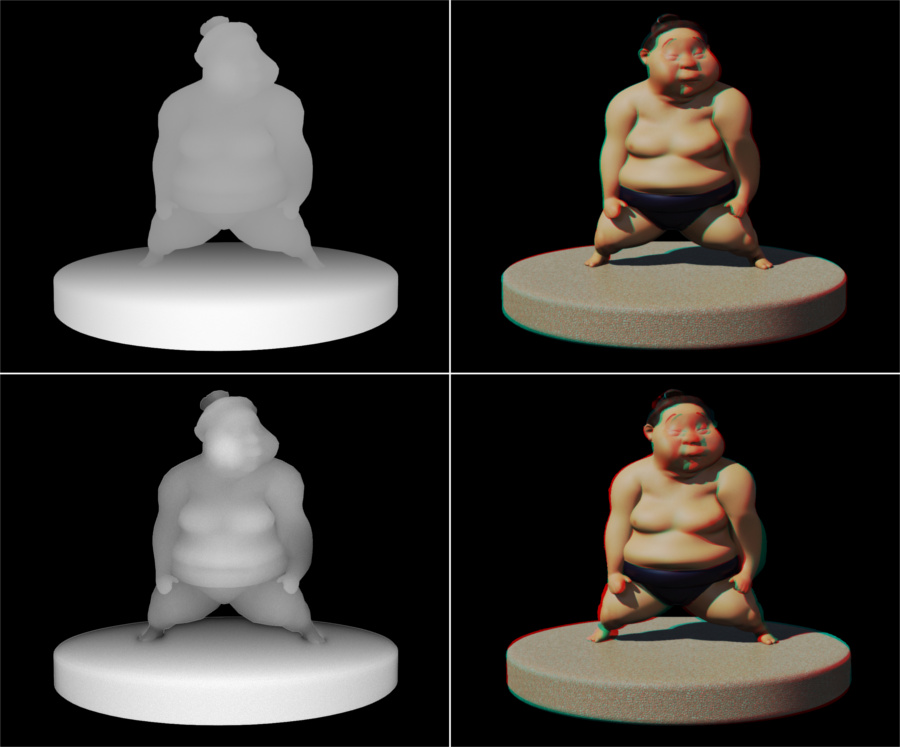 |
Optimizing Stereo-to-Multiview Conversion for Autostereoscopic Displays Chapiro, Heinzle, Aydin, Poulakos, Zwicker, Smolic, Gross. Eurographics, 2014 project page /bibtex We measured perceptual aspects of autostereo content and created a depth re-mapping algorithm that tries to optimize content so that the most important regions have a fuller sense of depth while staying within the limits of the technology. |
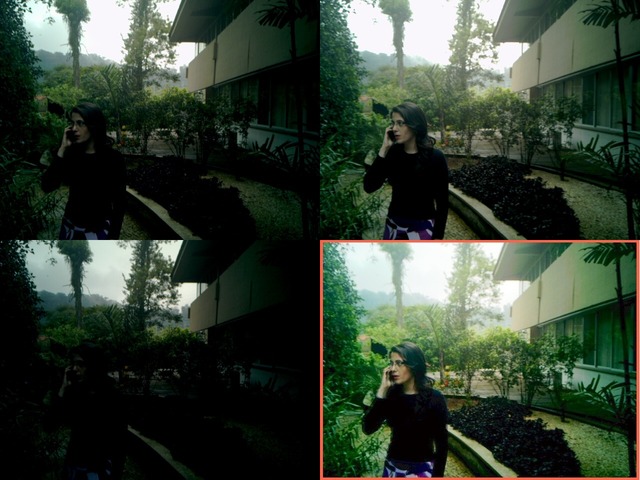 |
Towards Mobile HDR Video Castro, Chapiro, Cicconet, Velho. extended abstract in Eurographics, 2011 video We created a capture and processing pipeline to generate HDR video on a mobile phone by taking sequential multiple exposures. |
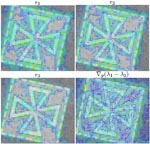 |
Detection of High Frequency Regions in Multiresolution Mota, Perez, Castro, Chapiro, Vieira. International Conference on Image Processing (ICIP), 2009 We improved our edge detector by using eigenvalues. |
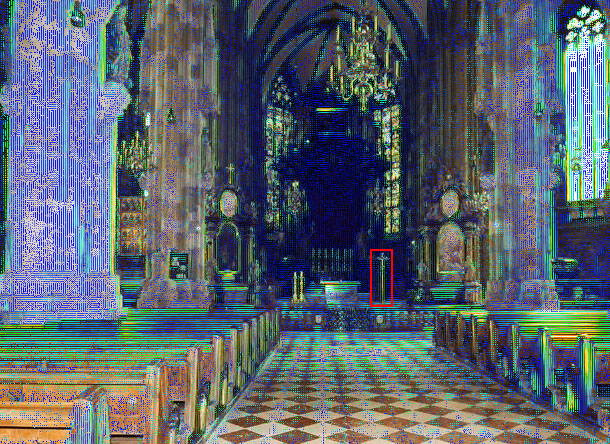 |
High Frequency Assessment from Multiresolution Analysis Castro, Perez, Mota, Chapiro, Vieira, Freire. International Conference on Computational Science (ICCS), 2009 We detected high frequencies using an orientation tensor and multiresolution. |
| Posters: | |
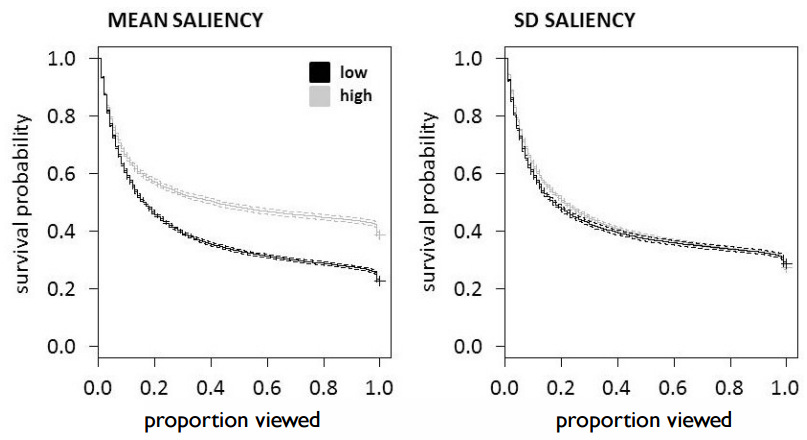 |
The Influence of Visual Salience on Video Consumption Behavior A Survival Analysis Approach Huber, Scheibehenne, Chapiro, Frey, Sumner. ACM Web Science, 2015 long paper version We found that visual saliency can be used as a predictor for video watching behavior in online platforms. |
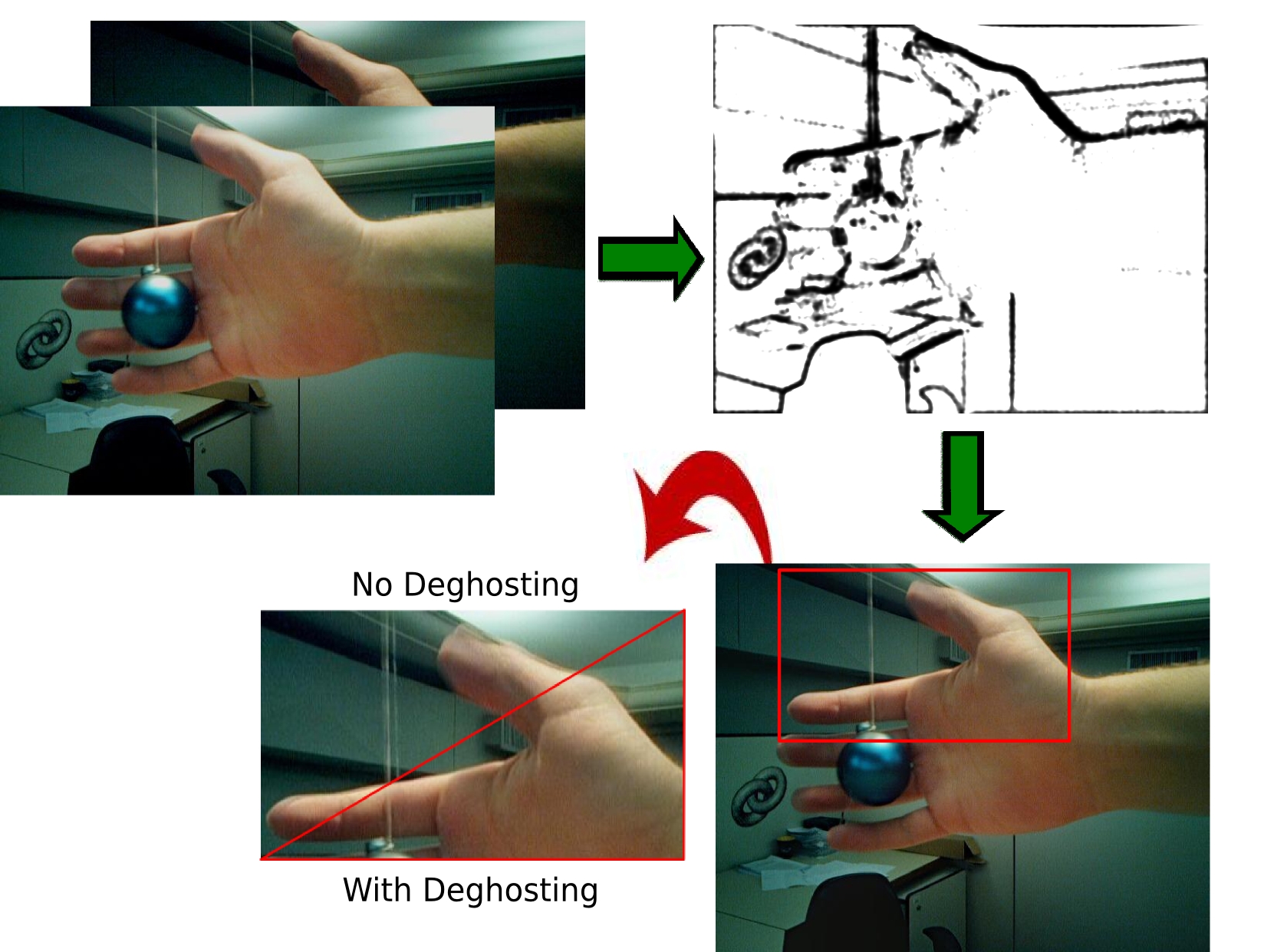 |
Filter Based Deghosting for Exposure Fusion Video Chapiro, Cicconet, Velho. SIGGRAPH, 2011 video We used an aditional per-pixel parameter to avoid ghosting from motion when generating exposure-fusion videos on a mobile phone. (Student research competition semi-finalist) |
 |
Towards Mobile HDR Video Castro, Chapiro, Cicconet, Velho. International Conference on Computational Photography (ICCP), 2011 video We created a capture and processing pipeline to generate HDR video on a mobile phone by taking sequential multiple exposures. |
Additional publications available upon request.
Website template taken from here